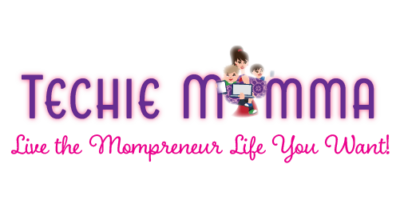The success of one business can’t truly be attributed to one specific factor. Building the company out of nothing, growing it through its initial stages, and finally reaching noteworthy market success takes too much effort, time, money, and favorable circumstances to even start counting.
However, we must admit that if the right product finds the right audience, all these factors fall into place much easier. Trying to sell a product to an audience who are not interested in what you have to offer will ultimately grind your company to a halt even if you are the best in what you do.
Review your existing customer base
One of the easiest and, at the same time, most insightful ways of identifying your ideal target audience is to take one long, good look at the people who already buy from you and see what you can learn from their purchasing habits. Once you start identifying common external traits between the demographics that have spent money on your products and services, you will be able to go beyond the basic groups defined by age, income, gender, etc., and develop a much better level of granularity. The more precise you are, the higher are the chances that your marketing messages will result in a tangible increase in revenue.
Learn what you can from the competition
Even if they are not in direct pursuit of the same people as you should be, taking a couple of cues from your direct competitors can help you learn volumes about the local market you are trying to tackle. So, try to see who your competition is targeting. What kind of messages are they sending? How well are they established in this market corner and is there any room for other companies to slide in? Depending on these factors, you may discover that your ideal customers may have already been taken and that you may find more luck in adapting your portfolio and carving out an entirely new and untapped niche.
Go beyond the standard demographic considerations
Essentially, the viewpoints from which you can observe some populations are virtually unlimited and go beyond the standard demographic traits we have mentioned above. Some of the best examples are the geographic segments that classify your customers by criteria like country, population thresholds, climate, localized areas, etc. The data collected through such examinations can be used for a different purpose, so you can, for instance, pass it to the professional SEO copywriter as guidelines for creating content. Other segments you should take into consideration are behavioral and psychographic.
Analyze your existing products and services
Doing a good job in defining your target market would be impossible if you don’t know what makes your products appealing and how exactly they change the customers’ lives for the better. That is why you will need to go through your entire portfolio and compose a list of unique benefits each product or service provides. As soon as you get this list, you will be able to follow the track back to the people who could make use of these benefits. Use the info you have gathered in the previous steps and see where these two approaches intersect. This way you may uncover some new segments you haven’t even thought of.

Combine approaches when defining a niche
When talking about niches, people usually think about narrow, highly specialized markets and products that perform very specific, critical purposes. However, niche can also be observed as any set of unique traits and benefits that separate one company from the competition. This process can only help you to find your target market easier. Keep in mind, though, that we distinguish two types of niches:
- Operational niche – In this case, companies focus on specialized services and products that aim to satisfy some narrow customer segments.
- Customer niche – This approach puts a greater emphasis on how to promote your business to a specific audience rather than a customized portfolio.
If you want to get the best possible results, your strategy in defining a niche should leverage both of these approaches.
Think of it as an ongoing process
Last but not least, we would like to remind you that defining the target audience is a circular process that is never truly finished. In most cases, you will start this process just like we mentioned earlier – by identifying the prospective clients using them as a starting point for conducting more thorough market research. Once you get this insight, you will once again go back to your core business ideas and how you define your target audience and, if needed, make necessary adjustments. Once you do that, you will start this process all over again. This is the only way to always stay relevant and get the best results.
We hope these few suggestions give you a general idea about the strategies you can use to go back to square one and make sure your company is appealing to the right people. All customers have needs for certain types of products and services. Your goal is to identify the ones who could benefit from your portfolio and help them get to the checkout in the most streamlined way possible. Be extra careful while doing that since every mistake will be a waste of time, money, and effort.


 BY TECHIE MAMMA
BY TECHIE MAMMA